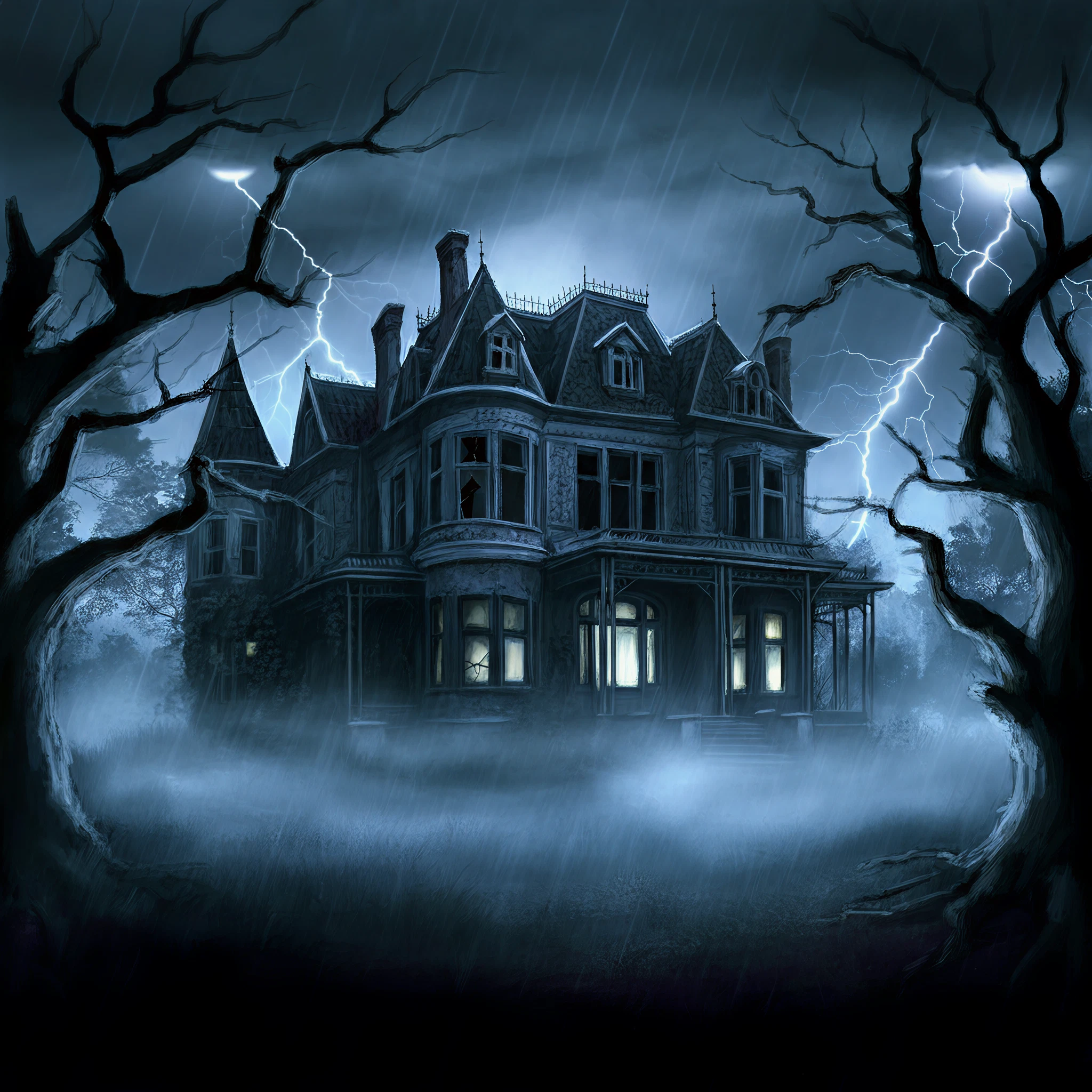Horror cinema has delighted and terrified audiences for decades. Whether you’re a casual fan or an avid movie buff, the genre’s ability to push boundaries, evoke emotions, and explore fears makes it endlessly captivating. But what defines the best horror movie of all time? Is it the ability to scare generations, the way it redefines the genre, or its rich connection to culture? Here, we’ll argue why some of the greatest horror films deserve this coveted title by focusing on The Exorcist, Psycho, and The Shining.
This isn’t just a discussion, though. It’s an exploration of horror’s power to captivate, innovate, and haunt long after the credits roll.
The Candidates for the Title
1. Psycho (1960)
Director: Alfred Hitchcock
Why It’s Iconic:
- Cultural Impact: Cinema historians and modern directors alike credit Alfred Hitchcock’s Psycho with elevating the thriller and horror genres. It introduced ordinary moviegoers to truly shocking, suspense-driven storytelling. The infamous shower scene changed how violence was portrayed on-screen, and Bernard Herrmann’s screeching violins made horror soundtracks a vital component of the genre.
- Psychological Edge: Psycho brings us into the mind of Norman Bates, whose relationship with his overbearing mother spirals into psychosis. Its exploration of repression, identity, and madness leaves viewers unnerved.
- Lasting Legacy: Psycho gave us the perennial horror trope of the “unreliable narrator” and redefined what audiences could expect from psychological thrillers. It consistently ranks among the top films in Metascore’s Best Horror Movies (source here).
2. The Exorcist (1973)
Director: William Friedkin
Why It’s Iconic:
- Cultural Shockwaves: The Exorcist transcended the boundaries of film to become a cultural phenomenon. Banned in certain regions upon release, viewers passed out in theaters, and news headlines declared it “the scariest film of all time.” Even today, its themes resonate with religious and psychological undertones.
- Terror Through Realism: The film masterfully blends religious fear, family crises, and supernatural horror, making its intensity palpable. Special effects, such as the famous levitation and head-spinning scenes, shocked audiences and set a benchmark for practical effects in horror cinema.
- Rewatchable Fear: Decades later, The Exorcist still terrifies modern audiences while influencing countless films within the possession subgenre.
3. The Shining (1980)
Director: Stanley Kubrick
Why It’s Iconic:
- A Masterclass in Cinematography: Kubrick’s artistic control shines in every frame of The Shining. The symmetry of the Overlook Hotel’s endless hallways and the chilling steadicam shots of Danny on his tricycle amplify the atmosphere of dread.
- Psychological Depth: The Shining explores themes of madness, isolation, and toxic family dynamics. Jack Nicholson’s descent into insanity offers one of horror’s most haunting performances.
- Pop Culture Status: Redrum, “Here’s Johnny!”, and the twin girls in the hallway have left indelible marks on modern culture. The film’s layered storytelling has sparked decades of interpretations, from conspiracy theories to scholarly analysis.
Analyzing Key Criteria for the “Best Horror Movie of All Time”
1. Cultural Impact
A great horror film influences audiences far beyond its release. From inspiring new filmmakers to changing societal perceptions, movies like Psycho, The Exorcist, and The Shining remain touchstones of popular culture. Iconic scenes such as the Bates shower stabbing or Danny Torrance’s tricycle ride continue to inspire parodies, tributes, and adaptations.
2. Psychological & Thematic Depth
Each of these films addresses primal fears. While Psycho explores the darkness within the human psyche, The Exorcist taps into existential dread concerning spirituality. Meanwhile, The Shining dissects themes of domestic conflict and the unraveling of reality.
3. Technical Innovation
These movies advanced the industry with their use of special effects and innovative techniques. Hitchcock’s editing and camera angles made Psycho unmatched in suspense. Friedkin relied on haunting practical effects to terrify audiences in The Exorcist, while Kubrick’s use of steadicam added a dreamlike quality to The Shining. They didn’t just showcase horror but elevated it into high art.
4. Critical & Audience Reception
- Psycho is celebrated with a near-perfect 97 on Metacritic and ranks as one of the best horror films of all time (source).
- The Exorcist won Academy Awards and is regularly cited as one of the scariest movies ever made.
- The Shining stands as a fan favorite, with consistent praise for its atmosphere and layered narrative.
5. Modern Relevance
To this day, these films are celebrated as essential viewing for any cinephile. Whether experienced for the first time or rewatched with new perspectives, their ability to engage modern viewers cements their worthiness of the title.
And the Best Horror Movie Is…
While all three films hold immense significance, declaring a definitive “best” ultimately depends on personal preference. Looking for psychological intrigue? Go for Psycho. Craving genuine scares? Nothing beats The Exorcist. Want to get lost in a cinematic maze of terror? The Shining delivers unparalleled artistry.
Whichever you pick, one thing’s clear—these films have changed the way we experience fear.
What’s your pick for the best horror movie of all time? Share in the comments below!








